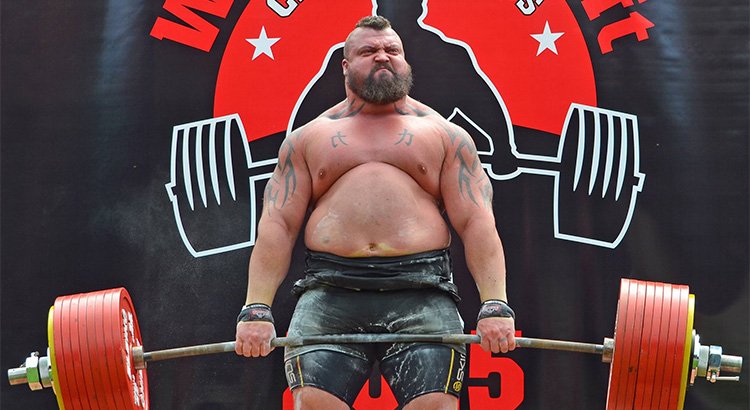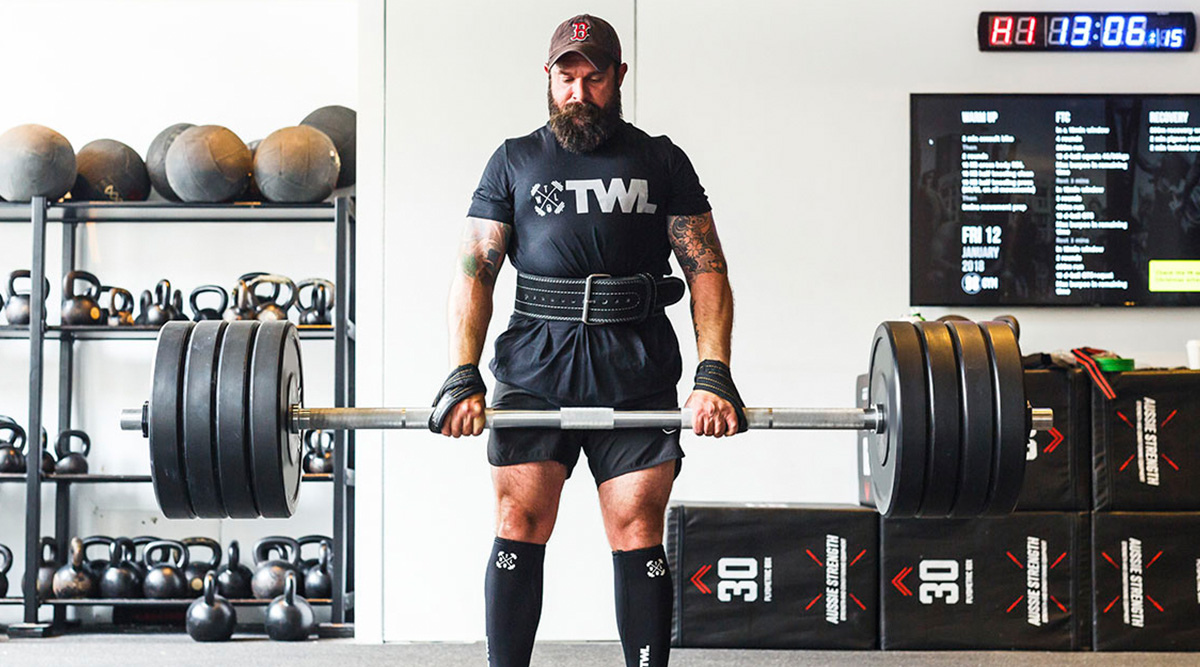What is 1RM and how do we calculate it?
If you don’t already know Fitenium is a free, mobile, video-based social network for athletes who train strength or bodyweight exercises. At Fitenium users can follow their performance, compete and get discounts in nutrition and sports equipment stores. Download it here.
Hello Fiteniers, we have recently added a new utility to our platform in which we indicate the 1RM of the lifts with loads that are uploaded to our application. If you don’t know what it means, don’t worry, in this article we are going to explain what 1RM is and how we calculate it.

What is the 1RM?
1RM means One Repetition Maximum, or in Spanish, a Maximum Repetition is simply the maximum load that you can move in a certain lift. For example, if we say that someone has a 150kg deadlift 1RM, it means that you can deadlift a maximum of 150kg at one repetition.
This concept is also applicable to other number of repetitions. That is, we can use the term 2RM to refer to the maximum load that we can move at two repetitions. However, after this clarification, we will focus on what 1RM is and how we calculate it.
What is the use of knowing the 1RM?
We can say that the 1RM is a test to measure our strength to know where we are. If we cannot measure our strength, we will not be able to progress. In general, we only recommend calculating the 1RM in exercises that recruit a large part of the muscle mass, that is, the basic exercises. Examples of exercises where you can safely calculate 1RM are: bench press, squat, deadlift, military press, pull-up, snatch, two-stroke, or barbell row.

The 1RM has been established as a safe and reliable system to measure strength in people of all ages and performance levels, however we consider that for beginner athletes it is not so important to know their 1RM until they have a refined technique that allows them to perform the exercise technique correctly.
How to calculate the 1RM?
There are several ways to calculate our 1RM. The first one is very simple, go to your gym and do the heaviest repetition you can of the chosen exercise :).
However, there are some considerations that we must take into account if we want to know our 1RM without injuring ourselves in the attempt.
- General warm-up: we must prepare our body to carry out this effort. Increasing body temperature, preparing our joints for the stress they are going to receive and improving our fiber recruitment is key to going for our 1RM safely.
- Specific warm-up: we are going to imitate the pattern of movement that we are going to carry out with very light loads to stimulate the muscles involved.
- – Approach: from previous attempts or from series that we have done, we perform approach series with a weight that allows us to do 3-4 repetitions. Depending on the tolerance to fatigue and the time we have, we usually do between 2 and 4 series.
- – RM test: let’s go for that heavy repetition, we increase the load until we reach our maximum.
The rest between these final series should not be less than 3 minutes to ensure the recovery of the ATP and make a new attempt with all our energy.
I don’t want to go to the gym and do a heavy repetition, what do I do?
Don’t worry, there are ways to calculate our 1RM theoretically with submaximal loads and without having to “go down in the mud”.
There are several formulas for calculating this maximum load, but we opted for expert Matt Brzycki’s, known for his research on strength training at Princeton University.
To make this calculation we need to do a submaximal series with all the possible weight and use that data of kilos moved and number of repetitions to arrive at the target data.
Said formula is the following: 1RM = Weight / ( 1.0278 ( 0.0278 * Number of Repetitions ) )
For example, if we have done a series of ten repetitions with 80 kilos, the formula would be the following: 80 / ( 1.0278 ( 0.0278 * 10) ) = 106.695 ~ 106.7kg
Knowing what 1RM is and how it is calculated is interesting, but don’t worry because with each lift you do we do the calculation for you.
Good luck and we are waiting for you at Fitenium!











